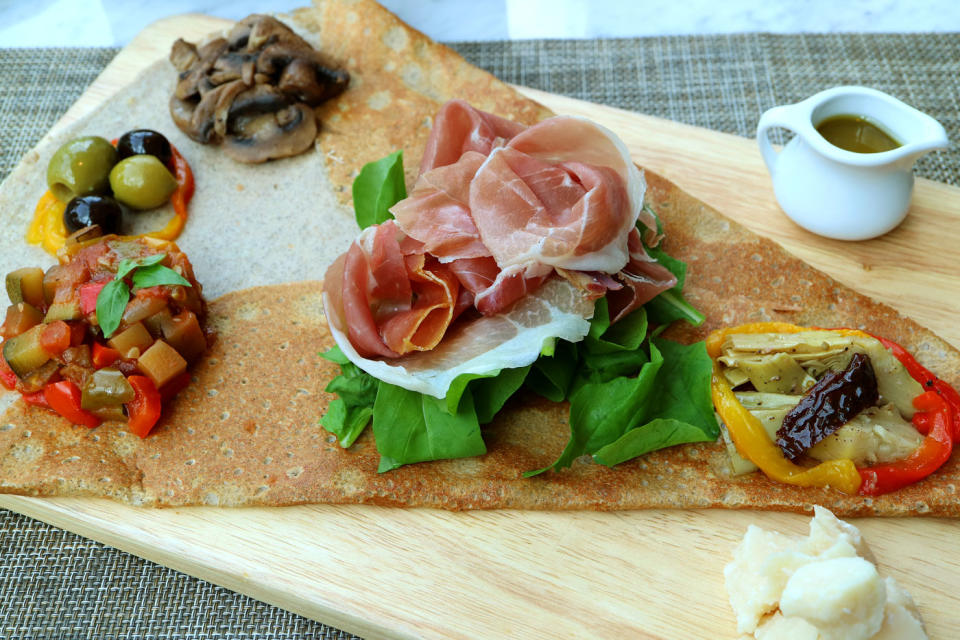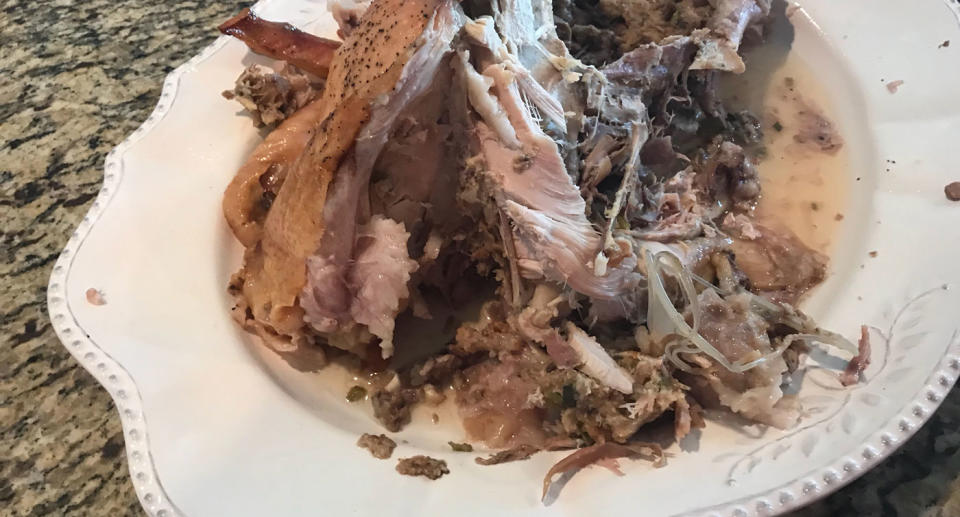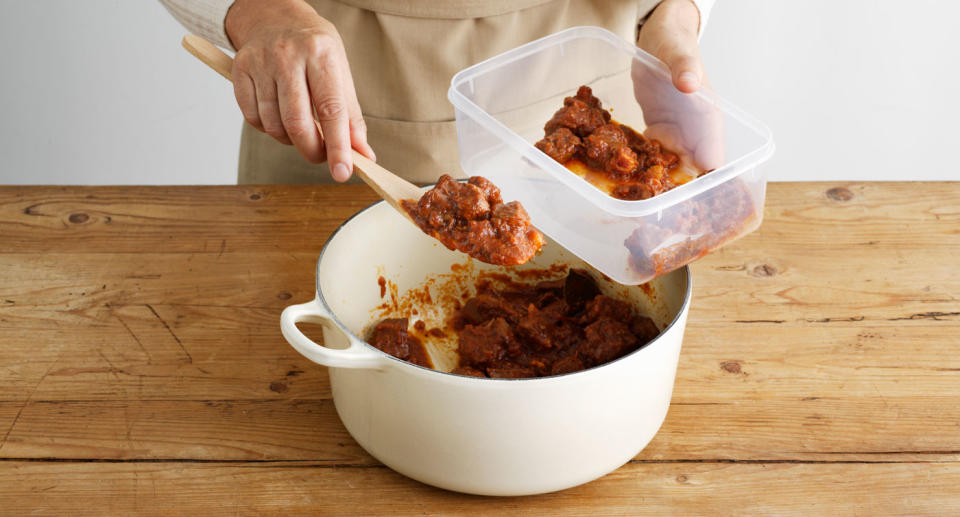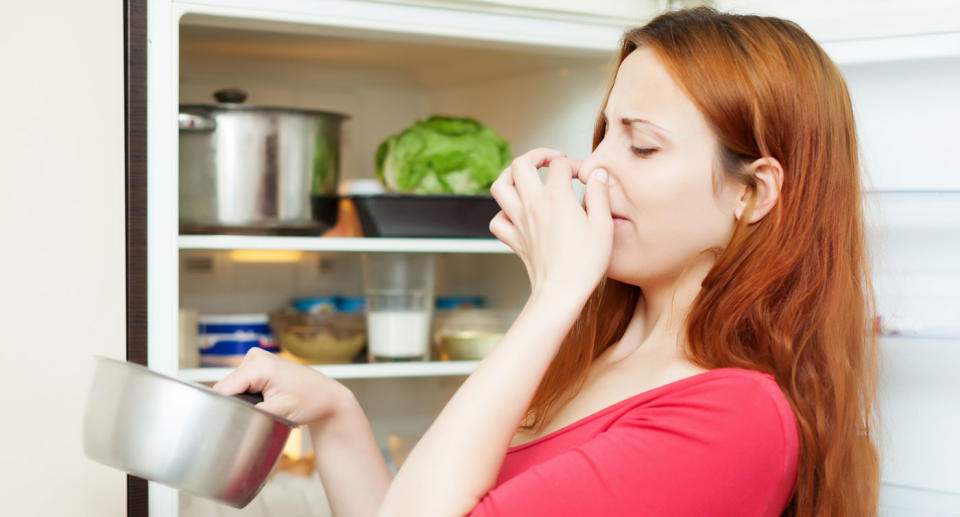Christmas leftovers: Expert's surprising tips for making the most of your festive feast
There are several things which are inevitable over Christmas – you’ll get socks as a gift, your uncle’s likely to say something inappropriate at the family barbecue and you’re going to have leftover food.
But what should you do with your Christmas leftovers?
CSIRO applied food microbiology team leader Sandra Olivier has advised Yahoo7 on the best way to keep your Christmas leftovers and ensure you don’t spend New Year’s Eve with an upset stomach.
The ‘microbial danger zone’
According to the CSIRO, micro-organisms can “grow rapidly” in food kept at temperatures between 5 and 60 degrees Celsius.
Ms Olivier called this the “microbial danger zone”. Your fridge should be set at lower than 5 degrees.
Consider how long food has been left out – in what Ms Olivier said “is really the first thing you need to think about”.

“Salads and deli meats – if they’ve been left out within two hours you can refrigerate them,” she said.
As for food which has been left out between two to four hours – you should eat it immediately.
It’s not okay to put it back in the fridge though, and if not eaten it should be thrown away.
This is because of the temperature the food is likely to be between 5 and 60 degrees after four hours.
Hot food needs to be put away ASAP
Food doesn’t need to be cooled down before it’s put away
“I know it’s everyone’s gut feeling putting something in the fridge which is hot is wrong,” Ms Olivier told Yahoo7.
“But if it’s nice and warm it can grow organisms if it’s left out.”

Ms Olivier advised covering leftovers up and putting them away ASAP once they’ve stopped steaming.
“Use Tupperware or cling wrap – whatever covers the food and keeps the freshness in,” she said.
Don’t put things in large containers
When it comes to larger amounts of food, whether it’s chicken or a soup, it’s best to divide it up into separate containers when putting it in the fridge.
“Larger portions of food will cool faster in the fridge if they’re broken down and put in separate containers,” Ms Olivier said.
“Don’t put big and bulky things into your fridge – portion them out to cool them.”

For example, if you’ve got soup or broth and you choose to keep it in a larger container – it can take longer to get into the “safe zone” of less than 5 degrees
Any leftovers, even food stored properly, has to be eaten within three to four days.
If food smells good it doesn’t mean it’s right to eat
Let’s face it – we do it with milk, and we do it with last night’s Chinese food but a sniff test isn’t reliable.
“Strictly speaking, smell is not a good indicator of whether food is good to eat,” Ms Olivier said.
“Organisms can be smelly but pathogenic ones don’t smell. These include E. coli and salmonella.”

Ms Olivier added these two pathogens “don’t need to grow in high levels to make people sick”.
“If you have any suspicion about your food it’s best not to eat it,” she said.



